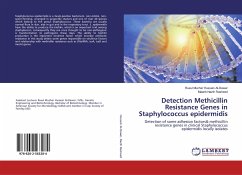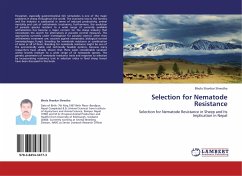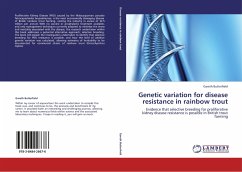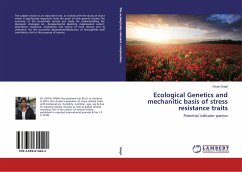
Characterization of Imidacloprid Resistance in the House fly
Genetic Linkage of Imidacloprid Resistance in the house fly
Versandkostenfrei!
Versandfertig in 6-10 Tagen
36,99 €
inkl. MwSt.

PAYBACK Punkte
18 °P sammeln!
House flies are major pests of agriculture and public health. Globally, imidacloprid is formulated as bait for house fly control. However, there have been reports of both physiological and behavioral resistance to imidacloprid. Surveys in California and Florida in the United States determined physiological resistance to imidacloprid, yet there has been no study to characterize resistance in house flies from this region. This book is an investigation of this resistance. Three laboratory imidacloprid selections of a strain obtained from Florida increased resistance, creating a strain 2,300-fold ...
House flies are major pests of agriculture and public health. Globally, imidacloprid is formulated as bait for house fly control. However, there have been reports of both physiological and behavioral resistance to imidacloprid. Surveys in California and Florida in the United States determined physiological resistance to imidacloprid, yet there has been no study to characterize resistance in house flies from this region. This book is an investigation of this resistance. Three laboratory imidacloprid selections of a strain obtained from Florida increased resistance, creating a strain 2,300-fold and 130-fold resistant in females and males, respectively. Resistance was unstable, declined over time, and synergistic. Treatment with piperonyl butoxide (PBO) could not suppress imidacloprid resistance, indicating cytochrome P450s detoxification does not confer resistance. There was 100-fold cross-resistance to acetamiprid and dinotefuran, but none to spinosad. Resistance mapped to autosomes 3 and 4. This study discusses the significance of these results to practical imidacloprid resistance management, and the potential resistance mechanisms involved.












